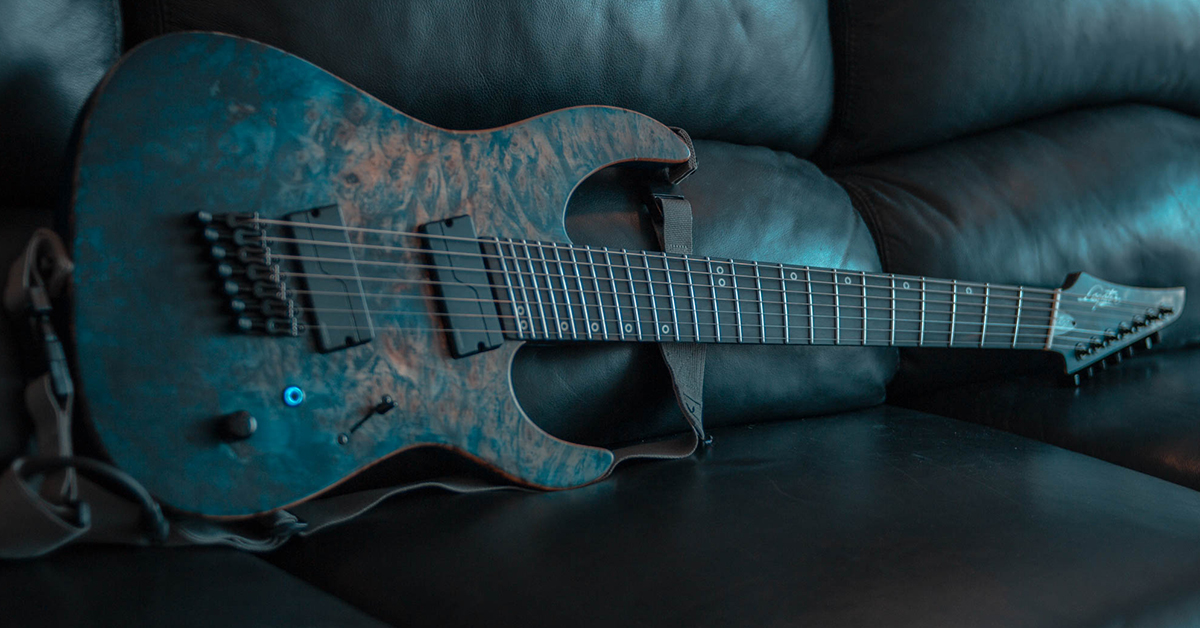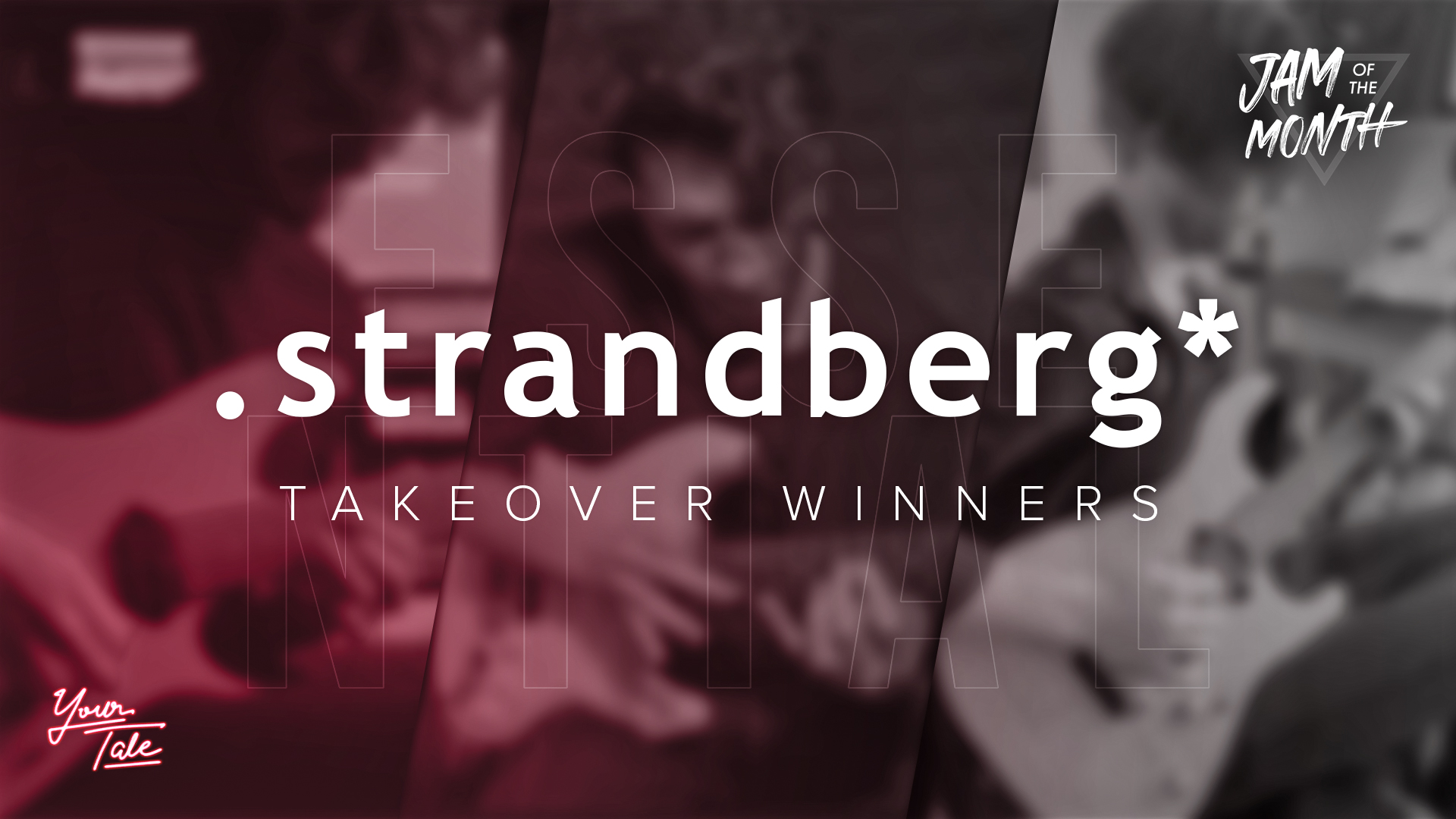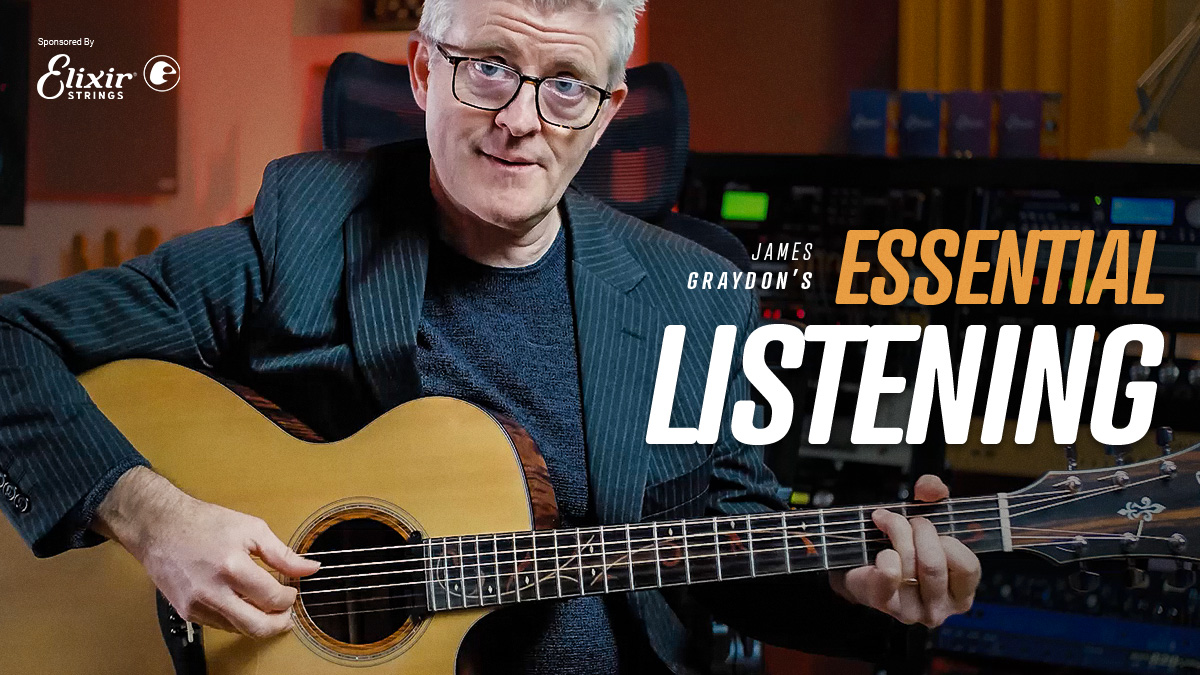
Photo credit: Lucas Moscardini
Life is full of change. Some changes stick and some don’t.
Gimmicks like Gibson’s Reverse Flying V and Fender’s self turning amp knobs have come and gone. But with more and more players embracing fanned fret guitars, they're proving that they could be here to stay.
You’re probably wondering if you should try them, and are wanting to know more.
Let’s start with the basics.
What are fanned fret guitars?
In short, fanned fret guitars - also known as multi-scale - feature a fretboard with angled nuts as opposed to the perpendicular fret of a traditional guitar. Usually the one perpendicular fret is at the 9th, with the rest leaning towards the headstock or down to the bridge, depending on which direction along the fretboard you travel along.
It looks lovely, but why bother?
What’s in a scale?
To look at the benefits of fanned fret guitars, let’s start with your good old trusty traditional specimens. Every guitar has a scale length, which is the distance between the nut on the headstock to the bridge. Usually this means you’ll be playing on a 24 - 25.5″ scale guitar.
Bass guitars obviously have a longer scale allowing lower frequencies to ring more clearly. Baritone guitars have similar benefits due to a longer scale length. But this benefit is where we start to run into a few problems. While the baritone scale is great for low end, it can be a challenge on the higher frequencies, and bends can become muddy.
So downtune a standard scale right? No problem. But go anywhere below C and unless you have tree trunk strings, you may start to run into clarity and tuning issues. You might also find that most of your guitars are better suited to one thing or the other. High end or low end. Wouldn’t it be good to have one designed to do both?
The benefits of fanned fret guitars
Thanks to the angled nut of a fanned fret guitar, the string tension on the higher strings is reduced, which makes big bends a lot easier. It can also serve to give you a smoother sound.
At the other of this shredding, riffing, see-saw, you’ll find greater tension on the lower end. If you downtune or use thicker strings, there will be more clarity and a heavier tone.
One major spoken about benefit though, is better intonation and tuning accuracy across the whole fretboard. Which is somewhat counter intuitive when you think about the angles on show!
The drawbacks of fanned frets
Fanned fret guitars are relatively new so the market for them isn’t huge. The market is growing but you will be paying more for a multi-scale instrument than your regular models. Likewise, not all guitars are available with fanned frets, so you may have to enter the custom market which can get very pricey!
Money aside, it will take time to adjust to the frets on offer. This can make some chords more challenging and bar chords in particular can take some time to get used to.
There is also a thought that the angles frets wear away at strings quicker, but that can be remedied with a decent set. Our suggestion would be Elixir Strings due to their impressive durability which helps them to retain their tone.
Who uses fanned frets?
Metal guitarists are perhaps the main adopters of this innovation. Future JTC artists Lucas Moscardini and Manuel Gardner Fernandes both play with multi-scale guitars. While Misha Mansoor, the man behind Horizon Devices and guitarist of Periphery, is one of the most well known users of fanned frets.
Conclusion
What was good enough for Hendrix and is still good enough for our very own Guthrie Govan, is good enough for you. If you’re used to standard scale guitars and happy with them, stick with them.
But change can be good and often the best way to improve or learn new things is to try something new. So if you’ve ever played on a fanned fret, or want to give them a go, drop us a message on Facebook. We’d love to hear your thoughts!


